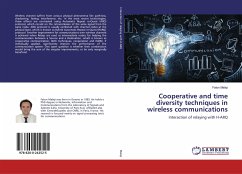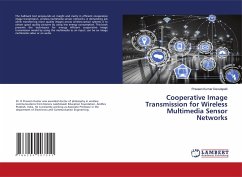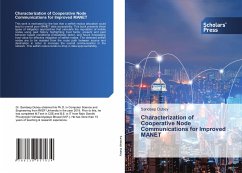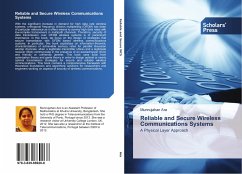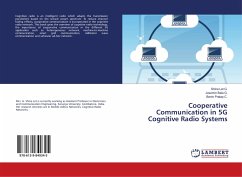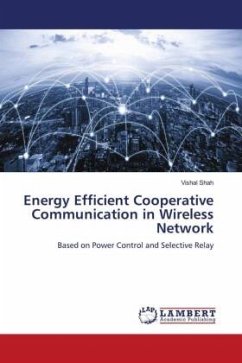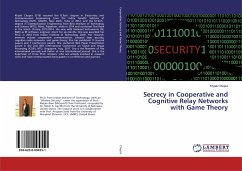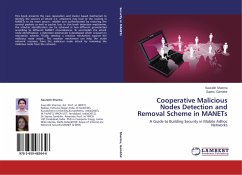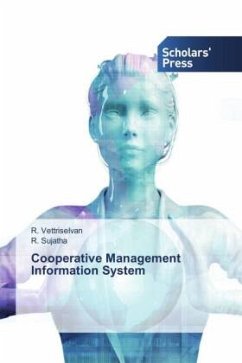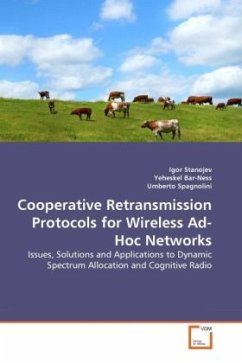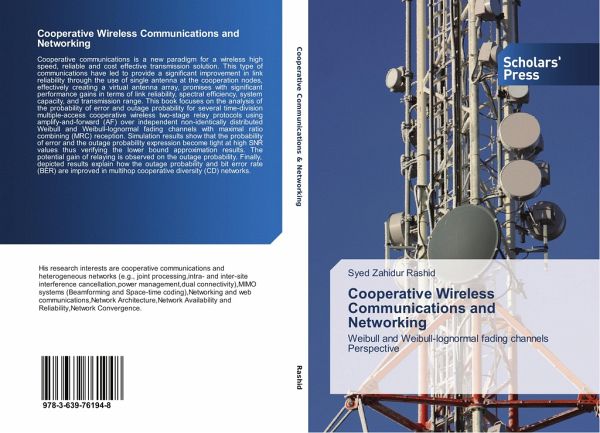
Cooperative Wireless Communications and Networking
Weibull and Weibull-lognormal fading channels Perspective
Versandkostenfrei!
Versandfertig in 6-10 Tagen
45,99 €
inkl. MwSt.

PAYBACK Punkte
23 °P sammeln!
Cooperative communications is a new paradigm for a wireless high speed, reliable and cost effective transmission solution. This type of communications have led to provide a significant improvement in link reliability through the use of single antenna at the cooperation nodes, effectively creating a virtual antenna array, promises with significant performance gains in terms of link reliability, spectral efficiency, system capacity, and transmission range. This book focuses on the analysis of the probability of error and outage probability for several time-division multiple-access cooperative wi...
Cooperative communications is a new paradigm for a wireless high speed, reliable and cost effective transmission solution. This type of communications have led to provide a significant improvement in link reliability through the use of single antenna at the cooperation nodes, effectively creating a virtual antenna array, promises with significant performance gains in terms of link reliability, spectral efficiency, system capacity, and transmission range. This book focuses on the analysis of the probability of error and outage probability for several time-division multiple-access cooperative wireless two-stage relay protocols using amplify-and-forward (AF) over independent non-identically distributed Weibull and Weibull-lognormal fading channels with maximal ratio combining (MRC) reception. Simulation results show that the probability of error and the outage probability expression become tight at high SNR values thus verifying the lower bound approximation results. The potential gain of relaying is observed on the outage probability. Finally, depicted results explain how the outage probability and bit error rate (BER) are improved in multihop cooperative diversity (CD) networks.





